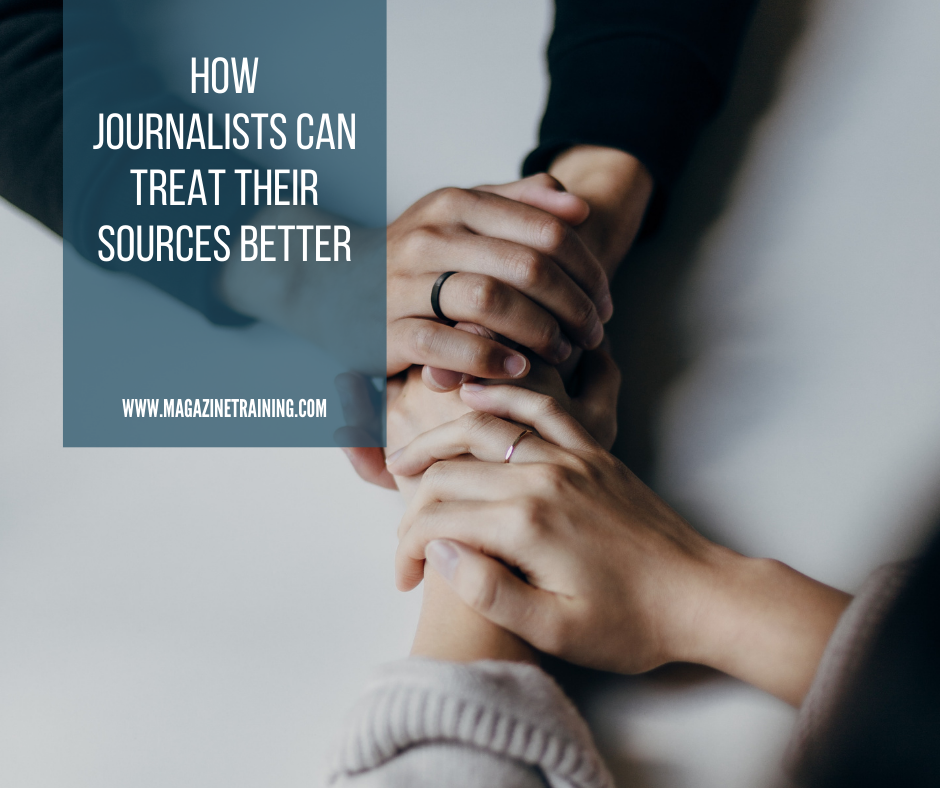
Rachel Dissell was still a fresh reporter with the Plain Dealer in Cleveland, Ohio when she interviewed a 17-year-old who had been shot in the face by her ex-boyfriend.
“One of the things that was very important to me was that we didn’t put her in more harm,” Dissell, who now works for Cleveland Documenters and with The Marshall Project, said of the girl, named Johanna Orozco.
Dissell reached out to a program called Children Who Witness Violence for advice on how to handle the interviews. Once her reporting was ready to run, Dissell also did something out of the ordinary: She invited Orozco to see all eight parts of her story laid out on the paper’s front pages before they were published. Orozco was a child, and Dissell didn’t want her to be overwhelmed by the photos. When she told a group of journalists about that decision during an ethics workshop at Kent State, “there were audible gasps in the room,” Dissell said.
She thought, “Do I stand strong in what I think is right… or do I let these folks bowl over me and say that it doesn’t meet a journalistic standard? I think we had to meet that human level of care for someone that trusts us with a story, and it wasn’t even our damn story. It was her story.”
Journalists trade in other people’s stories. When reporting on trauma, the interview process requires sensitivity far beyond what’s required of communicating with public relations representatives or government officials.
As the field evolves to be more inclusive, empathetic and solutions-oriented, I asked four journalists who write about immigration, sexual assault and incarceration to consider the question: When we ask people to share their most intimate experiences, what do we owe them in return?
Explain yourself
It’s an age-old rule of journalism: Leave yourself out of it. But that doesn’t always make sense to Melissa Sanchez, whose background has inspired some of her coverage of immigration and low-wage work.
While reporting on Guatemalan teenagers working in Chicago factories for ProPublica, Sanchez wrote that she was picturing her father, who grew up in rural Mexico and began working in a recycling facility at 15. She told the teenagers about her dad, explaining that it helped her understand their lives.
“The best-case scenario for me [is] people will open up and tell me their deepest fears and hopes… but I think you can only get that if there’s intimacy and trust,” she said. “Is that not objective? I feel like that’s irrelevant. It’s about being fair to people on a human level, and part of that is exposing yourself as much as they expose themselves to you.”
by Elizabeth Lepro, International Journalists’ Network
Photo by Priscilla Du Preez on Unsplash
Related posts
Magazine Training International’s mission is to encourage, strengthen, and provide training and resources to Christian magazine publishers as they seek to build the church and reach their societies for Christ.

